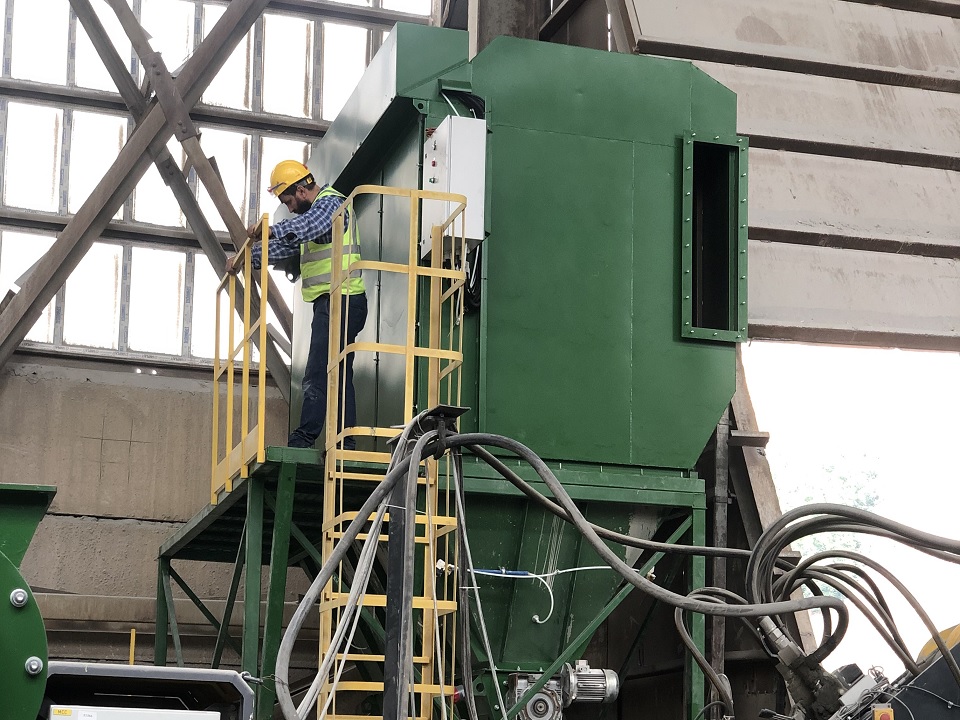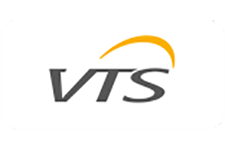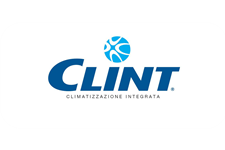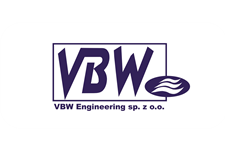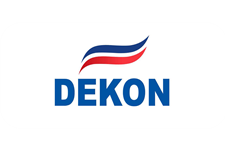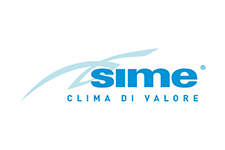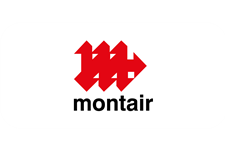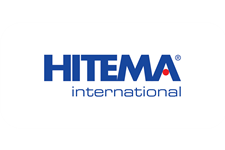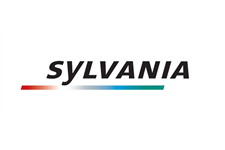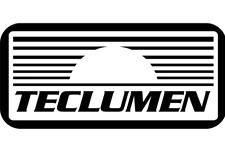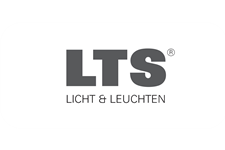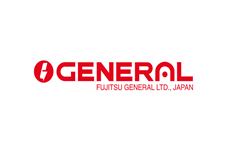ASPIRATION SYSTEMS
The specialists of the “WAELCON” company develop all types of aspiration systems for various production facilities operating in the area of metallurgy, mining, manufacturing of construction materials, woodworking, chemical industry, food production, etc.
Air aspiration is an important component of technological production operations linked with the release of dust, sawdust, shavings, and other small particles or gases that pollute the environment and the working environment. The need for air aspiration is stipulated by the requirements for compliance with sanitary standards of air cleanliness, provision of safe and comfortable working conditions. Modern aspiration systems can successfully capture various impurities in the form of solid particles, shavings, fibers, dust emissions, and other types of dry air pollution.
Dust aspiration systems consist of various dust collectors. The system can simultaneously accommodate battery cyclones, single cyclones, bag filters. Such application of the equipment is considered to be the most effective one since it is capable to provide multi-level cleaning of all dust fractions.
Dust aspiration in the industry is necessary for all enterprises where dust formation occurs. Removal of dust particles from the air in the working area ensures the normal flow of production processes, eliminates harmful impacts on workers, and minimizes emissions into the atmosphere. In some industries, dust removal is mandatory due to the high probability of the formation of explosive accumulations.
The use of aspiration systems significantly simplifies and facilitates the operation of a general exchange ventilation system, which merely has to provide sufficient air exchange and prepare a fresh air flow. Meanwhile, the exhaust lines work the same way as designed, since the presence of foreign inclusions in the air is usually not taken into consideration. The exhaust volume is only partly adjusted, taking into account the work of the aspiration and dust removal system.
What is the difference between aspiration and ventilation?
Ventilation systems are designed to control the air quality throughout the total processed volume, for instance, in a production workshop, while air aspiration systems serve to remove pollutants from the working area of the technological equipment.
The principle of operation of the aspiration system is to suck the flow of polluted air into a cyclone-type installation, inside which solid particles are separated and accumulated until they are extracted and removed.
The systems used at the production site vary significantly depending on the size of the production unit, industry features, cleanliness requirements, and emissions into the atmosphere.
Industrial aspiration is the suction of dust into air ducts/gas ducts by decreased pressure. The scheme’s principle of operation resembles ventilation exhaust system. The difference between aspiration and ventilation systems is that aspiration systems work mainly to remove dust particles, using the air as a carrier of dry pollutants. Despite some differences in terminology, these systems are closely related.
A standard ventilation and aspiration system consists of the following components:
- fan: creates a vacuum (negative pressure);
- purifier: filters (cyclones, scrubbers, bag and cartridge filters, etc.);
- air ducts/gas ducts: channels for air flow control;
- dust collectors or storage units: stationary or built-in containers (tanks) for collection;
- control and automation systems.
In a larger-scale stationary version, the aspiration of production units comprises an extensive system of pipelines or gas ducts, auxiliary units, and installations for neutralizing pollution. Garbage is collected and unloaded onto transport in bulk or in bags. Dust can be processed, sawdust is in demand in agriculture, and toxic substances are subject to safe disposal.
Despite the seeming simplicity of the design, the production and manufacturing of aspiration systems is a process that requires extensive experience in engineering and design.
“WAELCON” LLC takes the solution of aspiration issues comprehensively, on a “turnkey” basis, delivering the following services:
- development of project and working documentation;
- development of control, automation and dispatching systems;
- selection and supply of filtration equipment (filters, fans);
- selection of additional equipment (covers, unloading, air ducts, shut-off valves);
- installation (supervision) works;
- commissioning operations;
- warranty and after-sale service.
The aspiration system assumes that its main tasks should be defined at the design stage. The project development envisages an integrated approach to the tasks this system should tackle in the future. It is important to estimate the air purification volume and analyze all the parameters of the dust collection system, select and design the required aspiration equipment and fans.
